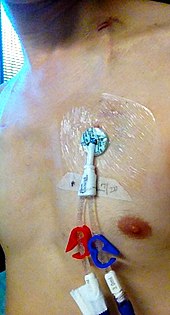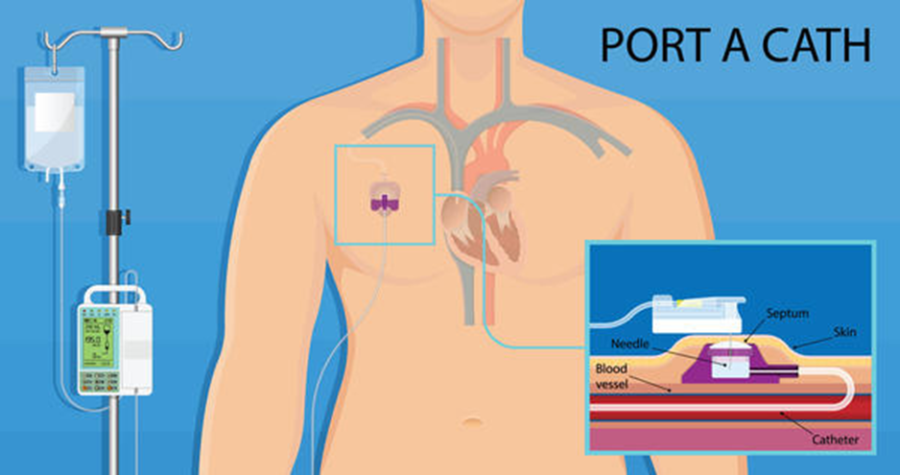Where Is A Hickman Line Placed: A Guide To Placement
How A Tunnelled Central Line Is Placed
Keywords searched by users: Where is a Hickman line placed hickman line vs picc, what is a hickman line used for, hickman line removal, hickman line flush protocol, hickman line complications, hickman line infection symptoms, hickman line scar, hickman line vs permacath
Is A Hickman Line The Same As A Central Line?
Is a Hickman line the same as a central line? A central line, which is alternatively known as a skin-tunnelled central venous catheter, is a slender, hollow tube employed for the administration of various medical treatments, including chemotherapy. These central lines are occasionally referred to by specific brand names, such as Hickman® or Groshong® lines. To clarify, a Hickman line is a type of central line, and it’s one of several different brands and variations available for medical procedures requiring intravenous access.
What Is A Hickman Line In The Chest?
A Hickman line in the chest is a specialized medical device consisting of a lengthy, pliable plastic tube. It is carefully inserted beneath the skin of the chest wall and threaded into a major vein that directly connects to the heart, as illustrated in Figure 1. A Hickman line falls into the category of tunnelled central lines, designed to facilitate various medical procedures and treatments. Within the tube itself, there exists a central channel known as the lumen. Depending on the medical requirements, Hickman lines can come in configurations with one, two, or even three lumens, allowing for versatile medical applications. These lines play a crucial role in delivering medications, nutrients, or drawing blood, enhancing patient care in a variety of healthcare settings.
What Is The Difference Between Hickman Line And Picc Line?
Hickman lines, PICC lines, and Portacaths are all examples of central venous catheters, which are specialized tubes inserted into major veins to facilitate various medical treatments. These catheters can be inserted through veins located in different parts of the body for specific medical purposes. Portacaths and Hickman lines are typically placed in the veins within the neck, chest, or groin area, while PICC lines, short for peripherally inserted central catheters, are introduced through veins in the arms. Understanding the distinctions between these catheter types and their insertion locations is essential for both patients and healthcare providers.
Found 45 Where is a Hickman line placed







Categories: Summary 82 Where Is A Hickman Line Placed
See more here: future-user.com

Hickman lines are inserted by specialist doctors (radiologists) or trained radiographers in the X-ray department, using ultrasound and x-rays as guidance. The line is put in through the jugular vein at the bottom of the neck, or the subclavian vein below the collar-bone.A central line is a long, thin, hollow tube that can be used to give chemotherapy or other treatments. Central lines are also called skin-tunnelled central venous catheters. Or you may hear them called by brand names, such as Hickman® or Groshong® lines.A Hickman line is a long, flexible plastic tube that is inserted underneath the chest wall skin and into the large vein draining into the heart (see figure 1). A Hickman line is a type of tunnelled central line. The space in the middle of the tube is called the lumen. Hickman lines can have one, two or three lumens.
Learn more about the topic Where is a Hickman line placed.
- Hickman Line Insertion – Sheffield Teaching Hospital
- Central lines for chemotherapy and other drugs
- Hickman line insertion – Radiology Department
- Portacath, Hickman Line, PICC Line | Newport – Cardiff, South Wales
- What is a Venous Access Device and What Types are Used for Cancer …
- Central Lines (Central Venous Catheters) (for Parents) – Kids Health
See more: https://future-user.com/your-money blog
Trả lời